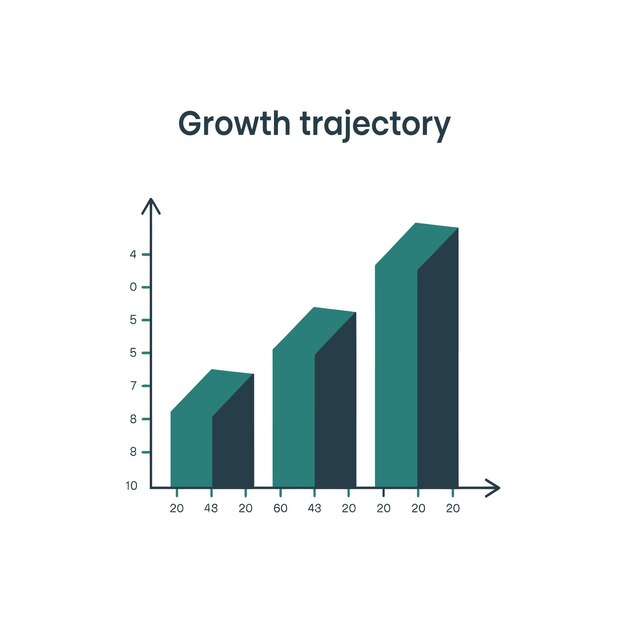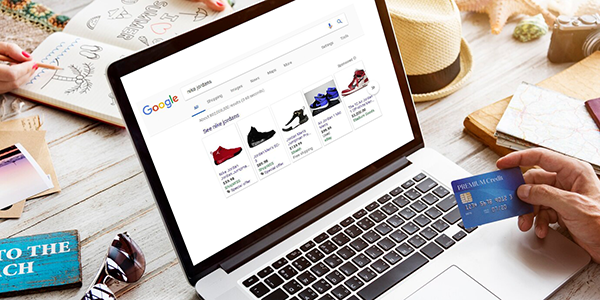content
Performance Max already sounds like something revolutionary. Google introduced a world where artificial intelligence decides who sees what, when, and how. While some advertisers spend hours crafting banners and videos, others take a more minimalistic path – Feed-Only Performance Max, focusing entirely on the product feed from Merchant Center. But why is this approach gaining traction? And is it really worth the hype? Let’s find out more about this in the ADV Advantage blog article.
Where Performance Max came from
Not long ago, Google Ads accounts were filled with standard Shopping, Search, and Display campaigns. Each required its own strategy, setup, and dedicated budget. Then, in 2021, Google launched Performance Max as an all-in-one solution that could deliver ads across all networks – from YouTube and Gmail to the Display Network and Search.
The idea was simple: advertisers hand over their data, and Google’s algorithm decides what to show, where, and to whom.
In the PPC community, rumors quickly surfaced: Google is “pushing” PMax because it gives them full control over targeting and delivery. Conspiracy theory or not, data suggests that campaigns relying exclusively on the product feed often perform exceptionally well. That’s partly because the feed provides structured, detailed product information for the algorithm to optimize around.
Why Feed-Only PMax is trending
Feed-Only Performance Max stands apart because it doesn’t rely on additional creative assets. There are no banners, headlines, or videos – only the products uploaded to Merchant Center. The system uses this data to decide which items to show users.
This approach has some clear advantages:
- Fast setup – you only need a clean product feed.
- Minimal manual effort – no creative production required.
- Great for large catalogs – ideal for stores with thousands of SKUs.
- High relevance – Google optimizes product delivery based on feed data.

At the same time, there are drawbacks:
- No creative storytelling – brand messaging may be lost.
- Full reliance on Google’s algorithm – less control over how and where ads appear.
- Not ideal for services or niche products – where visual content and storytelling are crucial.
Who should use Feed-Only PMax
This type of campaign works best for large eCommerce businesses with a properly configured Merchant Center account. It’s perfect for retailers with massive inventories who need to launch campaigns quickly and don’t have the resources or time to produce creatives for every product.
However, if you’re selling services or unique products that require explanation or emotional engagement, Feed-Only likely isn’t the best fit. In such cases, visual assets and storytelling are essential.
PMax: a Practical Guide to Higher Return without the Black-Box Blues
How to launch a Feed-Only PMax campaign
To get started:
- Create or update your product feed in Merchant Center.
- Launch a new PMax campaign in Google Ads.
- Select Merchant Center as your source.
- Skip adding creative assets – the system will use feed images and descriptions.
- Launch and monitor performance.
Audience signals: what they are and how to use them
Audience signals act as hints to guide the algorithm toward the types of users you believe are most relevant. They don’t restrict where your ads appear but help speed up optimization. These can include remarketing lists, interests, or demographic groups.
Adding audience signals during setup is easy, but it’s not always necessary. A strong product feed with clear images, accurate descriptions, and competitive prices often performs well even without these hints. For advertisers new to PMax, starting without audience signals and adding them later based on data can be a smart approach.
When Feed-Only PMax underperforms
If your campaign isn’t delivering results, there are several things to check. Ensure your feed is current, with up-to-date pricing, high-quality images, and optimized product titles. Analyze performance data to see whether traffic levels and Shopping impressions are sufficient. Consider adding or adjusting audience signals, and give the campaign enough time to exit the learning phase. Finally, you can A/B test a version of the campaign that includes creative assets to see if performance improves.
Should you split feeds?
Creating separate feeds for different campaigns is a common tactic. It allows you to segment products by category or profit margin and allocate budget more effectively. However, managing multiple feeds requires more oversight and can increase operational complexity.

What’s next?
Feed-Only PMax is an excellent starting point for eCommerce businesses. Once you’re ready to scale, consider testing creative assets to strengthen your brand presence, using advanced feed attributes for better optimization, and adding audience signals for more precise targeting. The higher the quality of your feed, the more likely your campaign will succeed.
Advantages of Feed-Only PMax campaigns
- Quick to launch with no creatives needed.
- Ideal for large product feeds.
- The algorithm determines the best delivery.
- Simple to manage.
- Performs well in competitive markets.
- Reduces workload for PPC teams.
- Often prioritized in Shopping ad placements for specific product categories.
Achieving success in PPC advertising by understanding the B2B client
Feed-Only Performance Max campaigns are not a silver bullet, but they are an elegant tool for specific scenarios. They shine when you have a clean, optimized product feed and need to move fast without overinvesting in creative production. However, their success depends on Google’s algorithms, which means marketers trade control for simplicity. For businesses with large inventories targeting broad audiences, Feed-Only PMax can deliver impressive results. But for those seeking stronger brand presence or offering niche services, combining feed data with creative assets may still be the better long-term strategy.
Subscribe to our newsletter



